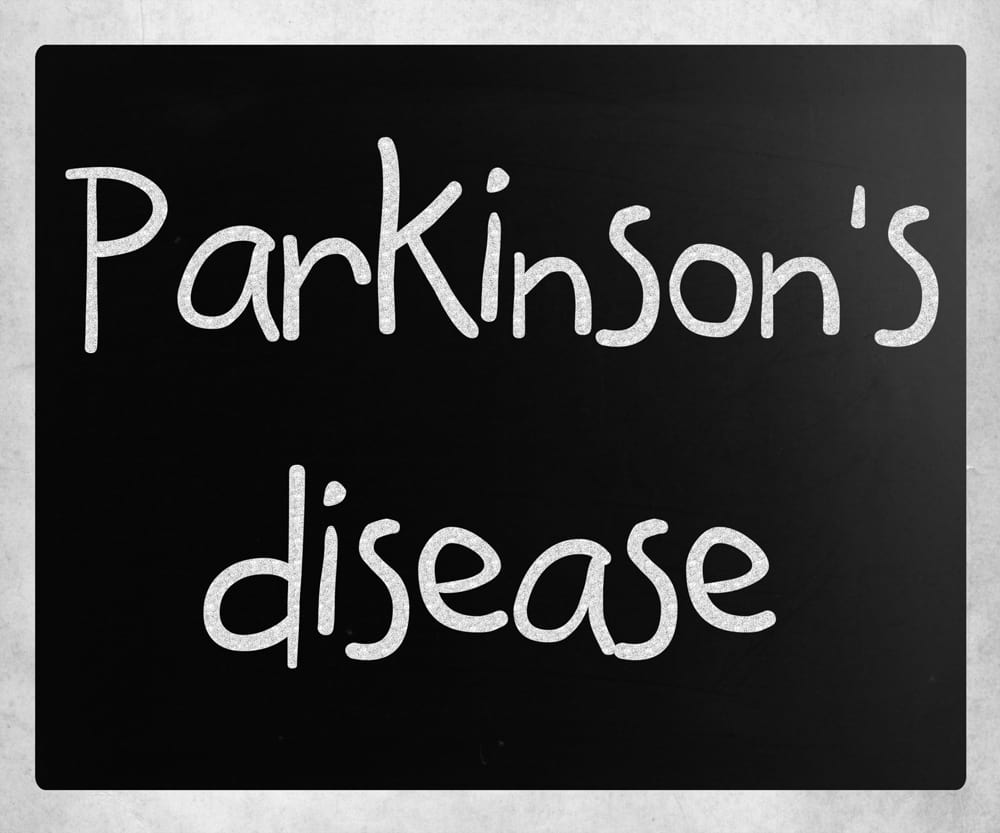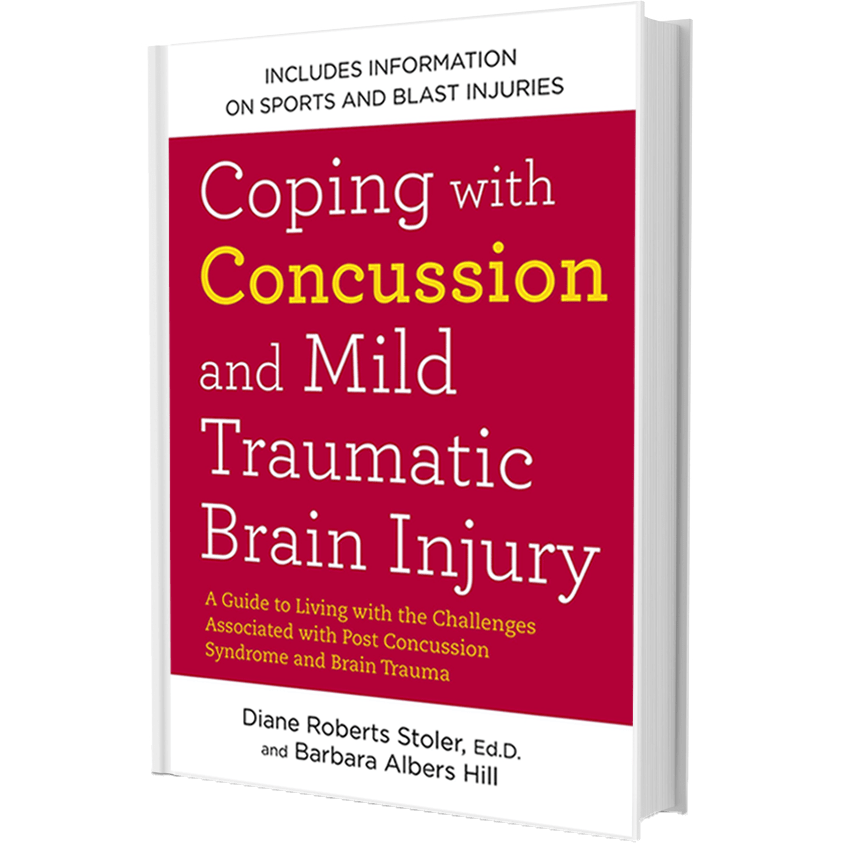Parkinson’s Disease (PD)
Parkinson’s Disease (PD) is a neurodegenerative brain disorder that progresses slowly in most people. Normally, there are brain cells (neurons) in the human brain that produce dopamine. These neurons concentrate in the area of the brain, named the substantia nigra. Dopamine relays messages between the substantia nigra and other parts of the brain to control body movements. This neuromodulator helps humans to have smooth, coordinated muscle movements. Sometimes, however, these dopamine-producing cells become damaged. When approximately 60 to 80% of the dopamine-producing cells are damaged, and do not produce enough dopamine, the motor symptoms of Parkinson’s disease appear.
Early Signs of Parkinson’s Disease
Parkinson’s Disease progresses slowly in the majority of those affected. While it can be quite difficult to tell if you have the disease, especially early on, there are several early warning signs that may indicate you having the disease. However, please note that if you do have any of these signs, it does not necessarily indicate that you have Parkinson’s Disease.
Tremors/Shaking:
While these are normal after exercising or an injury, twitching and shaking in the limbs are a common early sign of PD.
Difficulties with Smell:
Noticing that you can no longer smell certain foods, for example, may indicate early signs of PD.
Difficulties with Walking:
Feeling stiff in your body, arms, or legs that does not get better when you move can be a sign of PD.
Small Handwriting:
If you notice that your handwriting is suddenly much smaller than it has always been, ask your doctor about Parkinson’s Disease.
Risk Factors associated with the Development of Parkinson’s Disease
- Age (Peak onset of 60 years old, with diagnoses usually ranging between 50 and 70 years old)
- Gender (males are more likely to develop PD)
- Race (Caucasians are more likely to develop PD than other races)
- Farming
- Rural Residence
- Infectious Agents
- Pesticide and herbicide exposure.
Cause of Parkinson’s Disease
While the exact cause of PD remains unknown, there are several studies that have been useful in helping to explore the possible causes of the disease.
Several genes have been discovered that are thought to be linked to familial parkinsonism, and as a result of this finding, there has been a surge of interest in researching the genetics behind Parkinson’s, giving more hope for future results in research.
More research is needed specifically on the understanding of mitochondrial genetics. It is thought that a more in-depth understanding of these genetics may help scientists to better understand the role of genetically determined alterations in the mitochondrial respiratory chain and detoxification pathways that contribute to PD.
Mitochondrial Disease can affect multiple organs. Find out which systems in this PDF.
There are also recent studies that suggest that excitotoxic processes and possibly nitric oxide could contribute to the development of PD.
Symptoms of Parkinson’s Disease
Physical Difficulties
- Mask face
- Tremor in hands or legs
- Restless legs
- Sleep disturbances
- Waking up alert, but feeling exhausted soon after
Cognitive (Thinking) Problems
- Memory problems
- Forgetfulness
- Poor concentration
- Irritability
- Mood shifts
In 1817, James Parkinson described the shaking palsy aspects of the disease. Other common neurodegenerative diseases that have symptoms similar to Parkinson’s include progressive supranuclear palsy (PSP) and multiple system atrophy (MSA).
Stages of Parkinson’s Disease
Stage 1:
It is during this first stage that patients usually begin to feel mild symptoms which are noticeable enough to interfere with everyday tasks. Common symptoms in this stage are tremors and shaking in one of the limbs. It is also common, in this stage of the disease, for friends and family to begin noticing changes in the Parkinson’s patient including poor posture, loss of balance, and abnormal facial expressions.
Stage 2:
In the second stage of the disease, the patient is now experiencing symptoms on both sides of the body. This affects walking and balance, and daily tasks become more difficult.
Stage 3:
Symptoms become severe in the third stage of the disease. Common symptoms in this stage are the inability to walk straight or even stand. Muscle movements are markedly slow.
Stage 4:
The fourth stage comes with severe PD symptoms. While it is still possible to walk in this stage, it is very limited and rigid. Bradykinesia are often visible. This is the stage of the disease where many patients become unable to live on their own, as many are unable to complete their daily tasks, such as cooking and cleaning.
The tremors or shakiness that take over during the earlier stages however, may lessen or become non-existent for unknown reasons during this time.
Stage 5:
The last or final stage of Parkinson’s disease usually takes over the patients physical movements. The patient is usually unable to take care of himself or herself and may not be able to stand or walk during this stage. A patient at stage five usually requires constant one-on-one nursing care.



